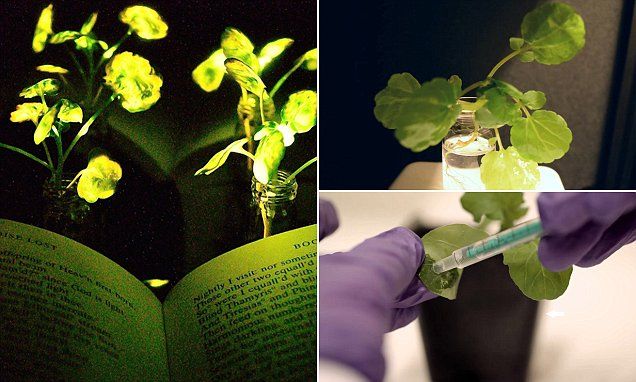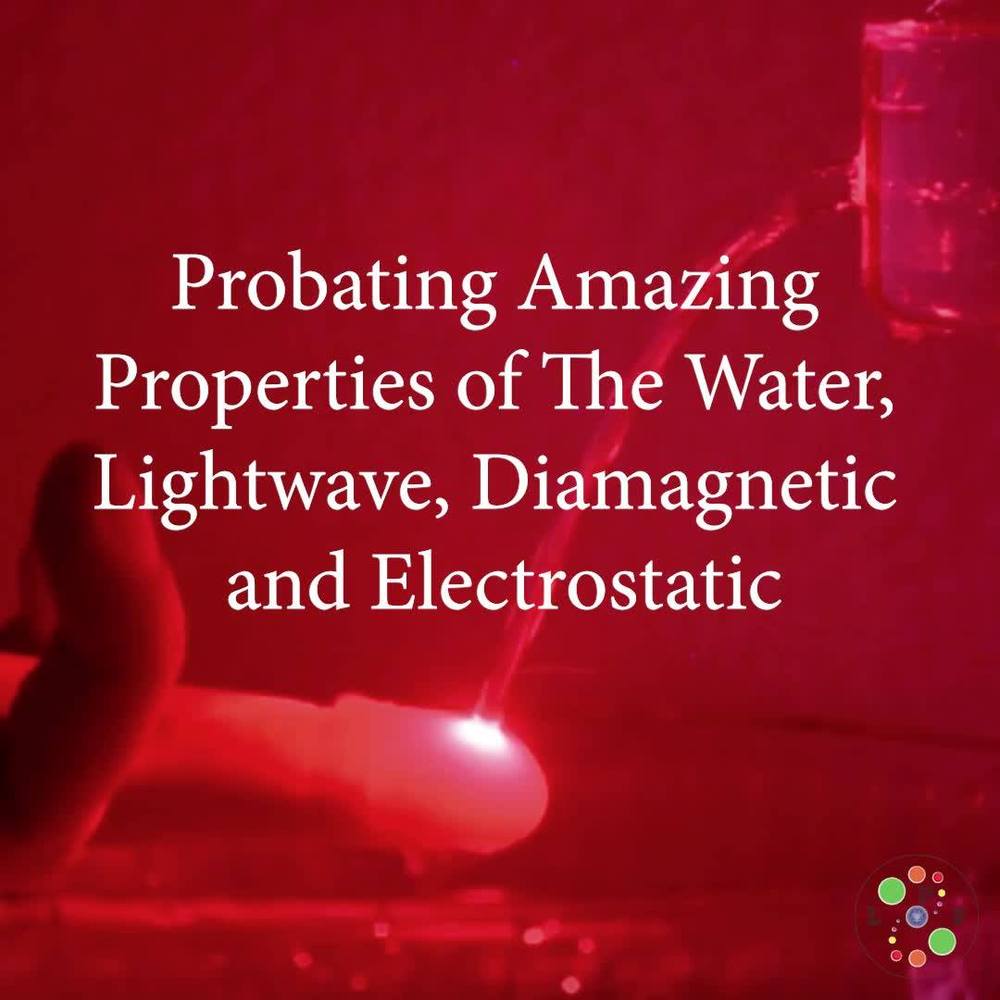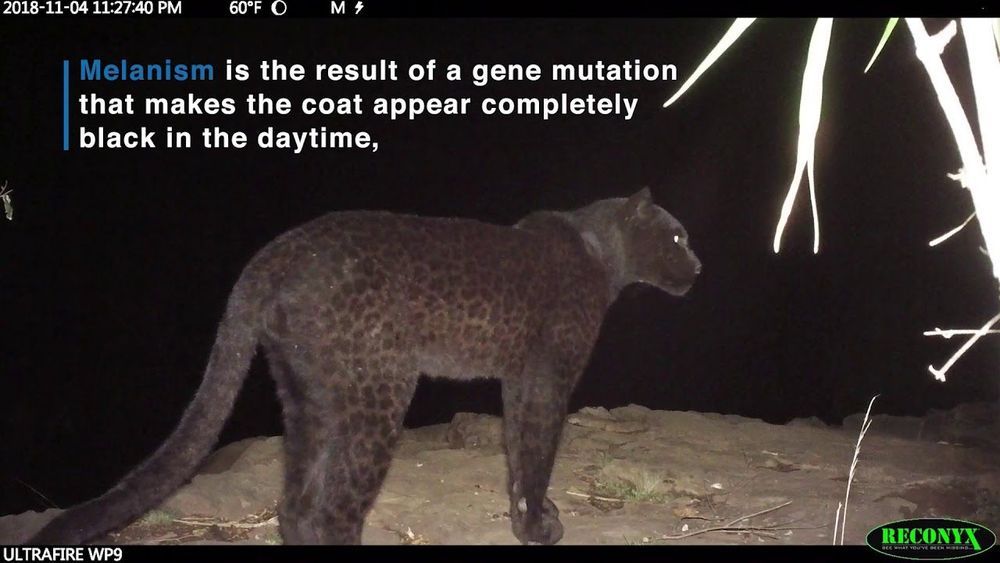To create their glowing plants, engineers from the Massachusetts Institute of Technology (MIT) turned to an enzyme called luciferase.
Luciferase acts on a molecule called luciferin, causing it to emit light.
Another molecule called Co-enzyme A helps the process along by removing a reaction byproduct that can inhibit luciferase activity.









